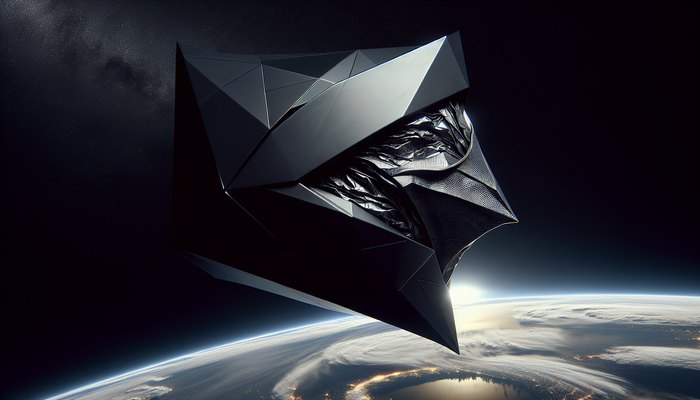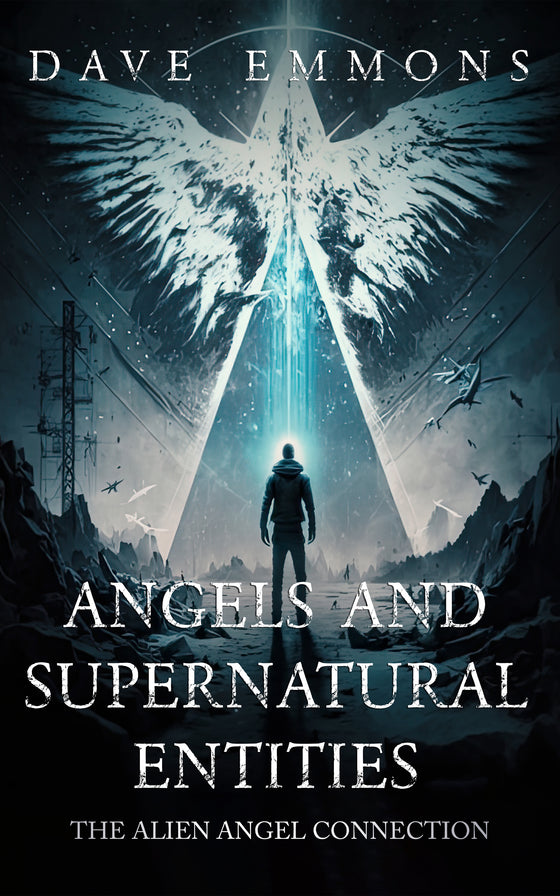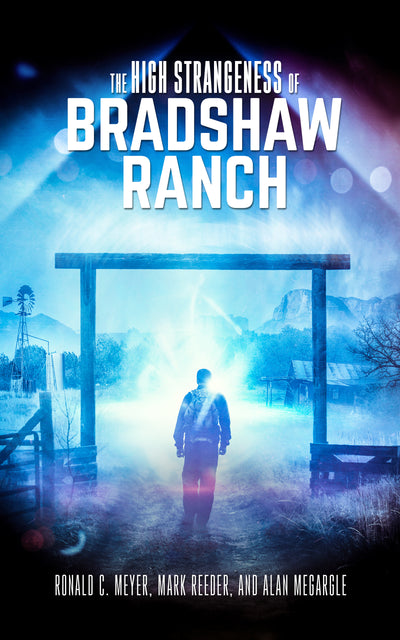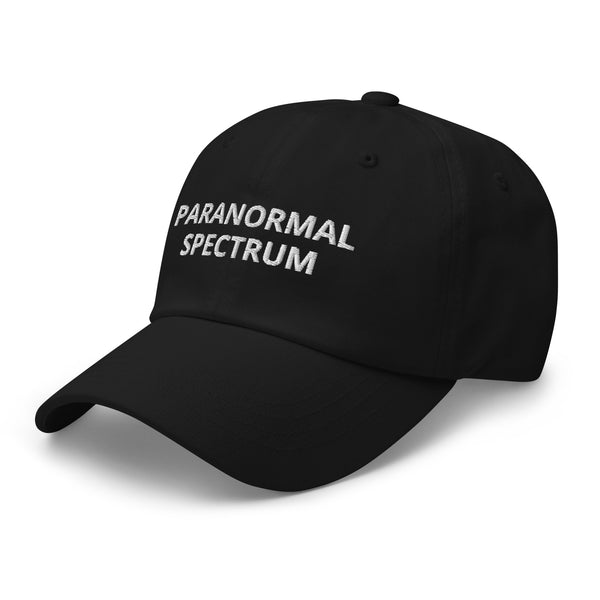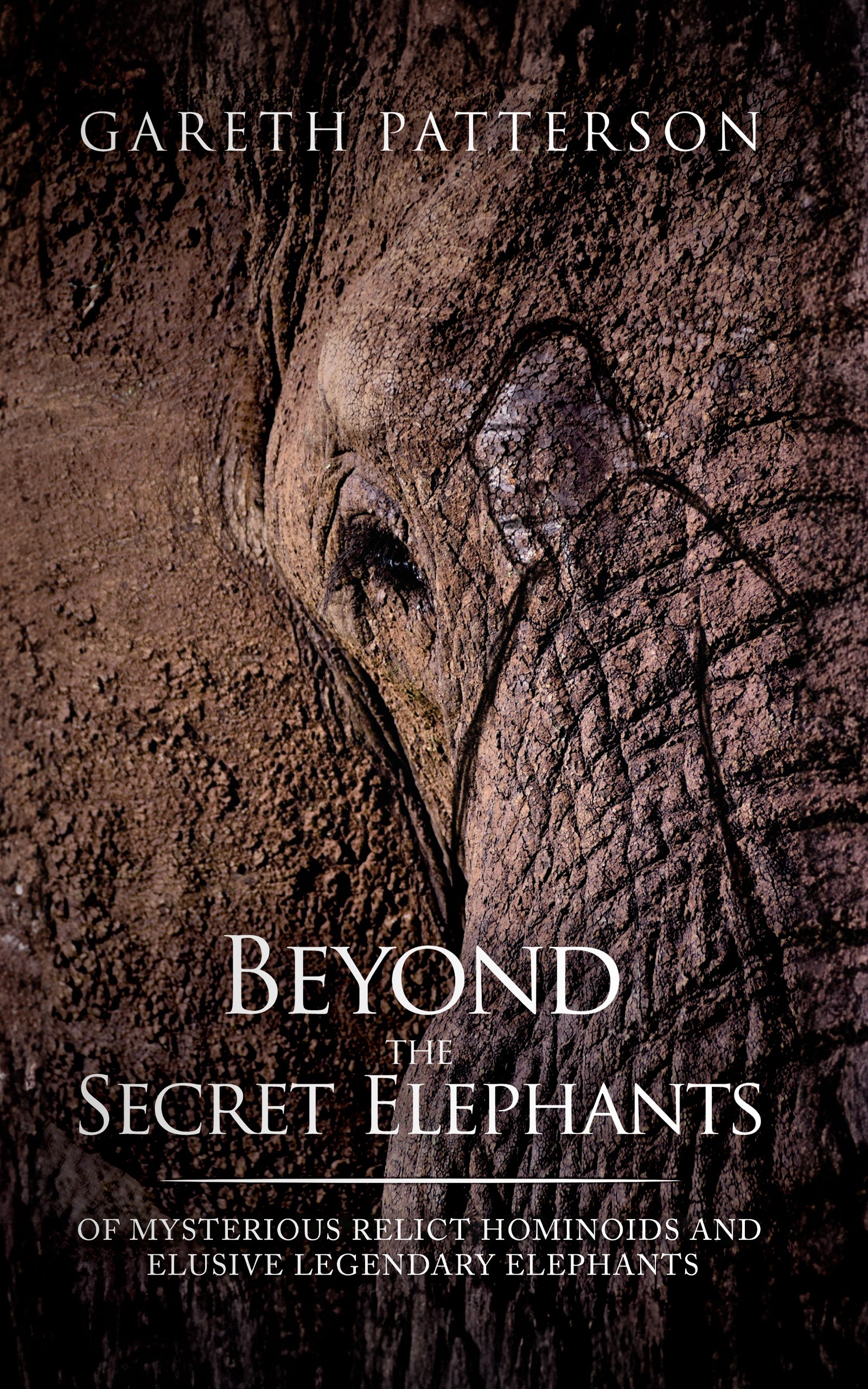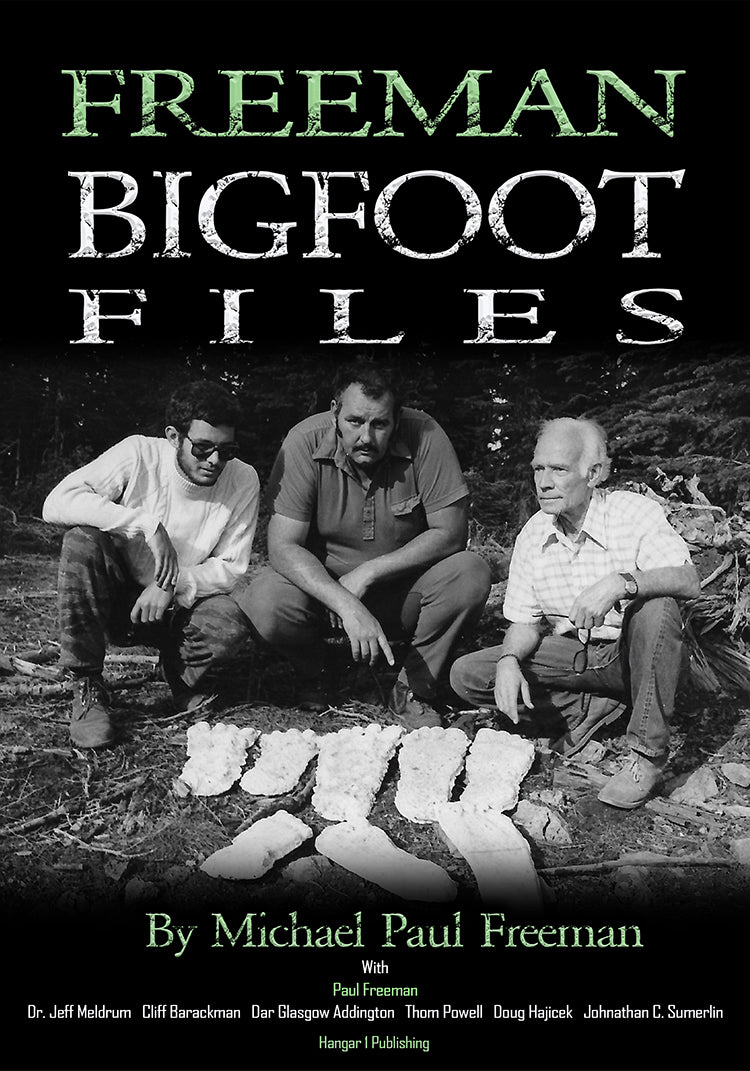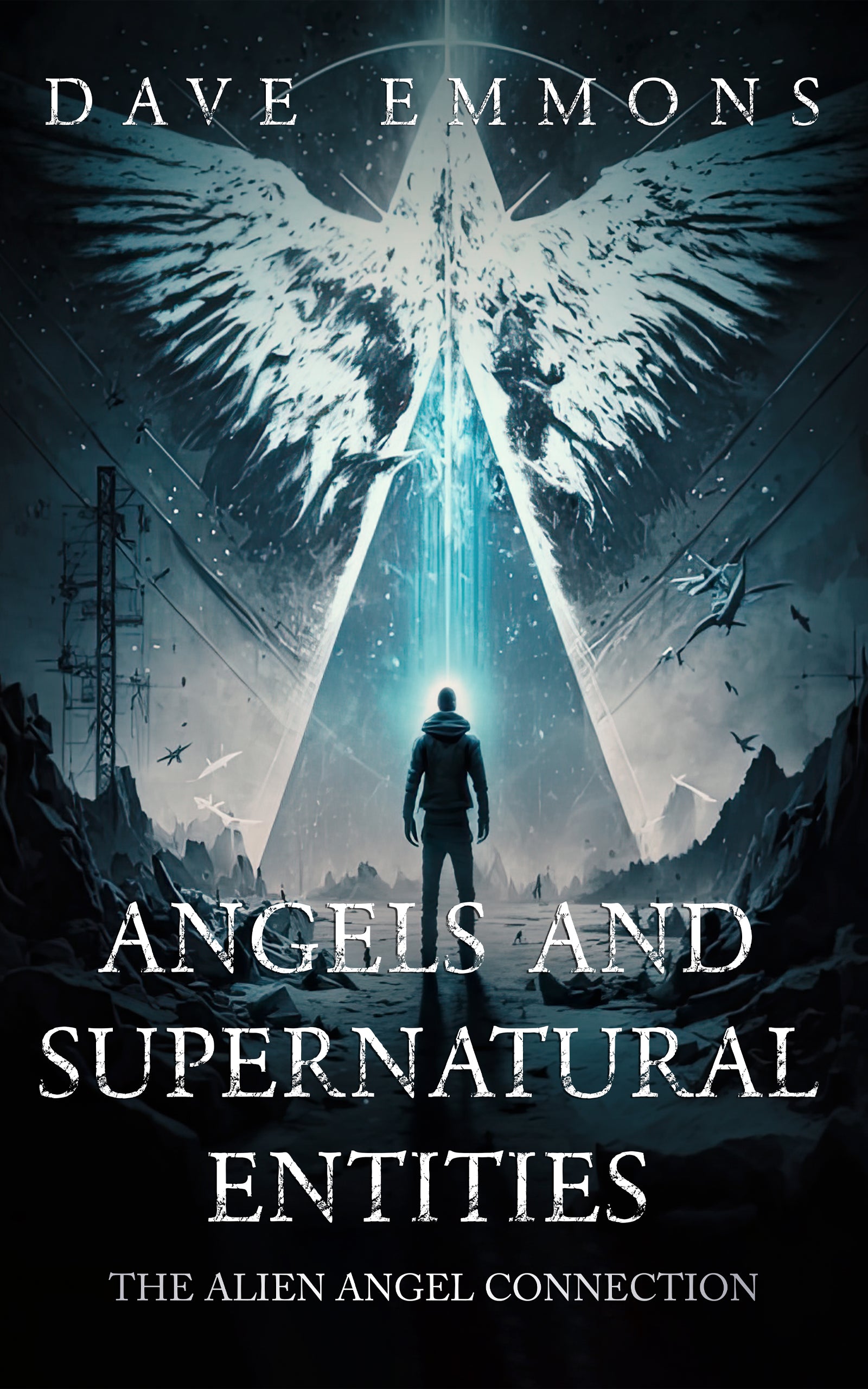Quantum Entanglement and ET Communication

By Sanjay Kapoor, Ufologist
Imagine trying to have a conversation with someone who lives 40 light-years away. You send a message: "Hello, is anyone there?" Then you wait... and wait... and wait. Forty years later, if you're lucky enough to still be alive, you might receive a response: "Yes, we're here." Another forty years passes before your follow-up arrives. That's an 80-year round trip for a simple greeting – not exactly the foundation for meaningful dialogue.
This cosmic conversation conundrum represents the fundamental challenge of traditional interstellar communication. Radio waves and light beams, traveling at approximately 300,000 kilometers per second, seem blazingly fast on Earth but crawl across the vast gulfs between stars. This limitation isn't just an engineering problem; it's hardwired into the physics of classical communication – a seemingly insurmountable barrier to meaningful contact with potential extraterrestrial civilizations.
But what if there's another way? Enter quantum entanglement – a phenomenon so strange that Einstein famously called it "spooky action at a distance." This peculiar quantum effect seems to allow instantaneous connections between particles, regardless of the space separating them. Could advanced extraterrestrial civilizations be using quantum entanglement for cosmic communication, side-stepping the light-speed limitation entirely?
This question isn't just science fiction speculation. It sits at the fascinating intersection of quantum physics, astrobiology, and the search for extraterrestrial intelligence (SETI). The answers might transform how we search for cosmic neighbors and perhaps explain why, despite the high probability of extraterrestrial civilizations existing, we haven't detected them yet.
Unraveling the Spookiness – What is Quantum Entanglement?
At its core, quantum entanglement occurs when two or more particles become inextricably linked, their quantum states correlated in such a way that the state of one instantly reflects in the other, regardless of the distance separating them.
Picture this: I have two coins that behave in a bizarre way. When I flip them, they're neither heads nor tails until I look at them (they exist in a "superposition" of both states). Even stranger, if I separate these coins by millions of light-years and then observe one coin, it instantly "decides" to be heads or tails – and its distant partner instantaneously "decides" to be the opposite. This happens faster than light could travel between them. That's essentially what happens with entangled quantum particles.
"When I first learned about quantum entanglement as a graduate student, I thought it had to be wrong," I often tell my students. "It seemed to break all the rules of reality as we understand them. But the math works, and the experiments confirm it – reality is stranger than our intuition suggests."
This phenomenon isn't just theoretical – it's been experimentally verified numerous times. The story begins in 1935, when Albert Einstein, Boris Podolsky, and Nathan Rosen proposed what became known as the EPR paradox. They argued that quantum mechanics must be incomplete because it predicted this "spooky action at a distance" that seemed to violate Einstein's theory of relativity.
For decades, this remained a philosophical debate until physicist John Bell developed a theorem in 1964 that allowed for experimental testing. Bell's theorem essentially provided a mathematical way to distinguish between quantum mechanics' predictions and those of any theory that maintained "local realism" – the idea that physical reality exists independently of observation and that influences cannot travel faster than light.
The breakthrough came in the early 1980s when physicist Alain Aspect conducted the first convincing tests of Bell's theorem, showing that the quantum mechanical predictions were correct. Subsequent "loophole-free" Bell tests have continued to confirm the reality of entanglement. These experiments demonstrate that entangled particles do indeed exhibit correlations that cannot be explained by any theory maintaining local realism.
What makes this so profound is that entanglement reveals a universe where separate objects aren't as separate as they appear. Two particles, once entangled, form a single quantum system regardless of the distance between them. This non-local connection has no classical analog – it's purely quantum mechanical, with no equivalent in our everyday experience.
Today, entanglement has moved from a philosophical curiosity to a technological resource. It forms the foundation for quantum computing, quantum cryptography, and yes – potentially quantum communication on scales both terrestrial and cosmic.
Bridging the Cosmic Divide – Why Entanglement Beckons for ET Communication
The appeal of quantum entanglement for interstellar communication is obvious: it appears to offer a way around the tyranny of light-speed delays. If entangled particles maintain their mysterious connection across any distance, couldn't they be used to communicate instantly across the cosmos?
Traditional SETI efforts focus primarily on radio and optical signals, assuming advanced civilizations would use electromagnetic waves to reach out. But consider the perspective of a civilization thousands or millions of years ahead of us technologically. Would they still rely on methods that take decades or centuries for a single message exchange?
"I've often wondered if we're like ancient islanders scanning the horizon for smoke signals while missing the satellite phones being used all around us," I remarked during a recent astronomy conference. When we search only for radio waves, we might be looking for the cosmic equivalent of smoke signals while missing entirely different communication technologies.
If quantum entanglement could somehow be harnessed for communication, it would transform interstellar contact from a multigenerational project into something immediate and dynamic. Conversations rather than time capsules. Real-time scientific and cultural exchange rather than archaeological messaging.
This possibility suggests a profound shift in our approach to finding ET. Instead of just pointing our radio telescopes at distant stars, perhaps we should be investing in quantum technology research right here on Earth. The path to cosmic contact might not lead outward to the stars, but inward toward understanding the quantum nature of reality itself.
Some researchers have even proposed more radical ideas – perhaps quantum effects play roles in consciousness or other natural phenomena. Could advanced civilizations have discovered ways to utilize quantum connections that exist naturally in the universe? While highly speculative, these questions highlight how quantum entanglement opens new perspectives on what communication across cosmic distances might look like.
The Quantum Constraint – Why Simple FTL Signaling Isn't Possible (and What Is)
Here's where we need to pump the brakes on our cosmic quantum dreams – at least partially. Despite entanglement's "spooky" appearance, it cannot be used for direct faster-than-light (FTL) messaging in the way science fiction often portrays.
The sobering reality is the "No Communication Theorem" – a fundamental principle in quantum mechanics that prohibits using entanglement alone to transmit information faster than light. Here's why: while the measurement outcomes of entangled particles are correlated, the outcomes themselves are random. You can't control which state your particle will collapse into when measured – and without control, you can't encode a message.
I often explain it this way: Imagine Alice and Bob share an entangled pair of coins. When Alice flips and observes her coin, it randomly comes up heads or tails – and Bob's instantly becomes the opposite. Alice can't choose the outcome to send a signal to Bob. The randomness prevents information transfer.
"This is where science fiction gets it wrong," I tell my students. "Having entangled particles is not like having a cosmic walkie-talkie. You can't just speak into one end and be heard instantly at the other."
But before we completely dismiss entanglement's communication potential, there's an important twist. While entanglement alone can't transmit information faster than light, it can dramatically enhance communication that still relies on classical channels (limited by light speed).
Consider "quantum dense coding," a technique where pre-shared entanglement allows you to transmit two classical bits of information by sending just one quantum bit (qubit). It's like doubling the capacity of your communication channel. The entanglement functions as a resource that amplifies the information capacity, even though classical information still travels at light speed or below.
Even more practically, entanglement enables Quantum Key Distribution (QKD) – an ultra-secure method for generating cryptographic keys. The security comes from a fascinating property: any attempt to eavesdrop on entangled particles disturbs their quantum state in a detectable way. This makes QKD provably secure in ways classical encryption can never be.
Perhaps most intriguing is quantum teleportation – not the Star Trek variety that transports matter, but a protocol that transfers the complete quantum state of one particle to another distant particle using entanglement and classical communication. While the classical communication prevents faster-than-light information transfer, quantum teleportation allows the transfer of quantum states that would be impossible to transmit directly.
These techniques suggest that an advanced civilization might use entanglement not to bypass the speed of light entirely, but to enhance the efficiency, security, and capabilities of communications that still ultimately depend on classical channels limited by light speed.
Building the Galactic Internet – The Vision of Quantum Networks
The real revolution isn't in point-to-point quantum communication but in the concept of "quantum networks" – interconnected systems that distribute and process quantum information across multiple nodes. On Earth, we're taking the first steps toward building such networks; a sufficiently advanced civilization might have scaled this technology to cosmic proportions.
A quantum network requires several key components: sources of entangled particles (typically photons for communication), quantum channels to distribute them, quantum repeaters to extend the range of entanglement, and quantum nodes to process and utilize the entanglement.
Creating reliable, "exceptionally bright" sources of entangled photons has been a major focus of research. Recent advances have produced sources capable of generating millions of entangled photon pairs per second with high fidelity – essential for practical quantum networks.
The quantum channels themselves can use existing infrastructure with modifications. In fact, researchers have successfully demonstrated quantum communication through standard telecommunication fiber optics – including a groundbreaking experiment under Lake Geneva back in 1995 and more recent tests in the dense urban environment of New York City.
One particularly exciting breakthrough is the ability to transmit quantum data alongside classical data in the same fiber. Techniques including narrowband photon generation, advanced polarization compensation, and "serrodyne transceivers" allow quantum and classical signals to coexist without interference – crucial for building integrated networks that connect with existing infrastructure.
Perhaps the most challenging component is the quantum repeater – devices that can extend the range of entanglement beyond the limitations of direct transmission. Unlike classical repeaters that simply amplify signals, quantum repeaters must preserve the fragile quantum properties of entanglement while fighting against inevitable decoherence (the degradation of quantum states through interaction with the environment).
"The quantum repeater problem isn't just technical – it's conceptual," I explained at a recent physics colloquium. "We're trying to preserve something that, by its nature, wants to interact with its environment and lose its quantum character. It's like trying to build a flame that won't burn out."
Current experiments have demonstrated entanglement distribution over impressive distances – including over 144 kilometers in free space and thousands of kilometers via satellite links – but building truly scalable quantum networks remains an active area of research.
What's particularly fascinating is that some recent experiments have shown quantum communication advantages even with relatively simple measurement techniques, challenging the idea that extremely complex "Bell basis measurements" are always necessary. This suggests that practical quantum networks might be more achievable than previously thought.
Scaling these terrestrial efforts to a galactic quantum internet would face enormous challenges, but the basic physics doesn't prohibit it. An advanced civilization might have developed methods to distribute and maintain entanglement across light-years, creating a foundation for enhanced communication, distributed quantum computing, and forms of information exchange we can barely imagine.
Beyond the Wire – Speculative Connections and Profound Implications
As we push the boundaries of quantum communication, we encounter more speculative but fascinating connections that might be relevant to how an advanced civilization perceives and utilizes quantum phenomena.
Some researchers and philosophers have drawn parallels between quantum entanglement and aspects of human experience like empathy, intuition, or moments of synchronicity. They note the metaphorical similarity between quantum non-locality and the sense of connection humans sometimes feel across distances.
Let me be clear: applying quantum mechanics directly to macroscopic human experiences is highly controversial in the scientific community, and there's no established evidence that quantum effects play a significant role in consciousness. The scales, temperatures, and environmental interactions involved make direct quantum effects unlikely in warm, wet biological systems.
However, these metaphorical connections raise intriguing questions about how an advanced civilization might interpret reality. If their understanding of quantum mechanics and consciousness has progressed far beyond ours, might they perceive connections and communications in ways fundamentally different from our classical intuitions?
The philosopher of quantum mechanics Karl Popper once said, "Science may be described as the art of systematic over-simplification." I wonder if our current conception of communication itself might be an over-simplification – one that an advanced civilization has moved beyond.
Quantum entanglement also offers a fascinating potential explanation for the Fermi paradox – the apparent contradiction between the high probability of extraterrestrial civilizations existing and the lack of evidence for them. If interstellar quantum communication requires massive infrastructure, such as telescope arrays over 100 kilometers in diameter (as some theoretical calculations suggest would be necessary to overcome photon loss over vast distances), then an advanced civilization could easily determine whether we have the capability to participate in their network.
"It would be like trying to call someone without a phone," I often say. "They know we're not equipped to receive their calls, so why would they try?"
This perspective suggests the silence we perceive isn't due to the absence of other civilizations, but because they're communicating in ways we're not yet equipped to detect or participate in. They may be waiting for us to develop the necessary quantum infrastructure before reaching out.
Perhaps most profound is how entanglement hints at a deeper connection between spacetime and information. Some theories suggest that entanglement might be fundamental to the very fabric of spacetime – that the correlations between entangled particles actually help hold spacetime together. This implies a universe where information isn't just encoded in reality but is fundamental to it.
For an advanced civilization with a deep understanding of these connections, communication might not be about sending signals through space but about manipulating the information structure that underlies reality itself.
The Path Forward – Terrestrial Research as Cosmic Stepping Stones
Our journey toward understanding quantum communication is still in its early stages, but the research directions are clear and promising.
Scientists are working to increase both the distance and fidelity of entanglement distribution. They're developing more efficient sources and detectors, building the first generation of quantum repeaters, and creating hybrid systems that integrate quantum and classical networks. New quantum communication protocols that demonstrate clear advantages over classical methods continue to emerge.
These advances have immediate practical applications on Earth: ultra-secure communication through quantum key distribution, enhanced data transmission through quantum coding techniques, distributed quantum computing, and quantum sensing networks that could transform fields from medicine to geology.
But these terrestrial applications may also be cosmic stepping stones. Every advance in our quantum infrastructure brings us closer to the capability of participating in quantum communication networks that might span between stars. Our growing theoretical understanding helps us recognize what forms extraterrestrial communication might take.
I'm particularly excited about experiments demonstrating quantum communication through existing telecommunications infrastructure. These practical implementations often yield surprising solutions to problems once thought intractable. The ingenuity researchers show in adapting quantum techniques to real-world conditions gives me confidence that larger-scale implementations are possible.
The questions at the intersection of quantum physics and the search for extraterrestrial intelligence are among the most profound we can ask. They connect the smallest scales of reality (quantum) with the largest (cosmic) and challenge us to rethink fundamental assumptions about how information and connection work across the universe.
Beyond the Horizon
The universe might be teeming with civilizations communicating through quantum networks we're not yet equipped to detect or join. Our search for extraterrestrial intelligence may require not just bigger radio telescopes pointed outward, but a deeper understanding of quantum reality itself.
Are we developing the right technologies to recognize and eventually participate in cosmic quantum communications? Could entanglement be a universal language that transcends the limitations of electromagnetic signaling? What other quantum phenomena might hold keys to communication across the stars?
As we explore these questions, we stand at a unique moment in human history – where our understanding of quantum physics and our technological capabilities are advancing rapidly, opening new possibilities for how we might one day connect with intelligences beyond Earth. The answers may not come from staring at the stars, but from peering ever deeper into the quantum nature of reality itself.
From Bigfoot to UFOs: Hangar 1 Publishing Has You Covered!
Explore Untold Stories: Venture into the world of UFOs, cryptids, Bigfoot, and beyond. Every story is a journey into the extraordinary.
Immersive Book Technology: Experience real videos, sights, and sounds within our books. Its not just reading; its an adventure.






